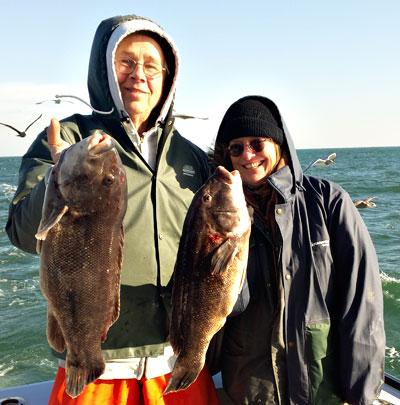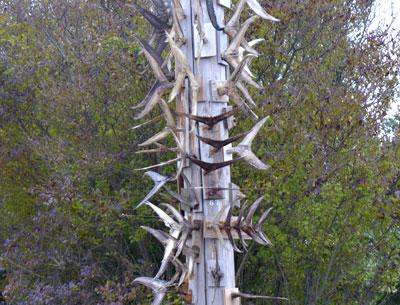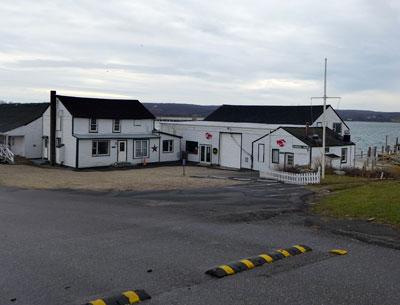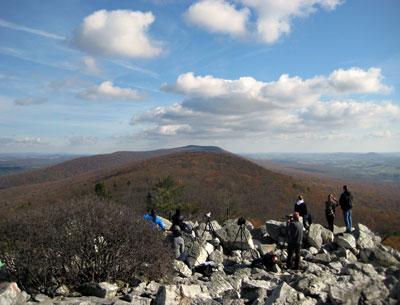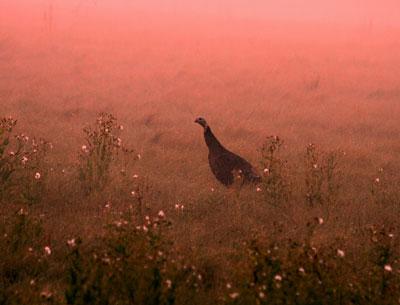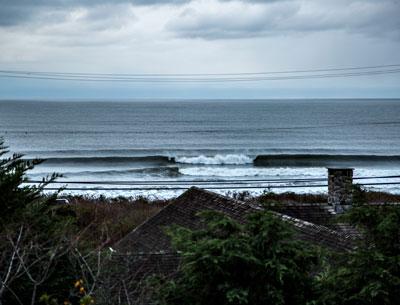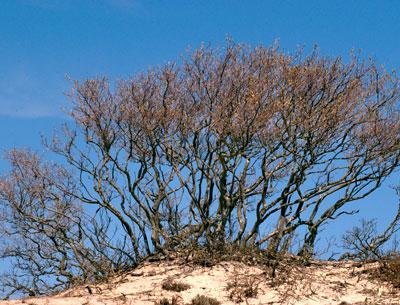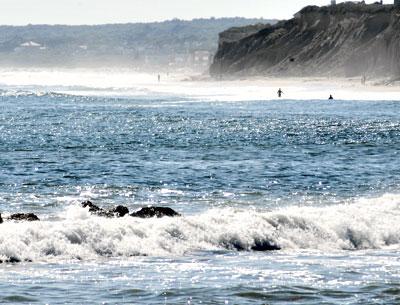Nature Notes: Dwarf Pines Under Attack
Nature Notes: Dwarf Pines Under Attack
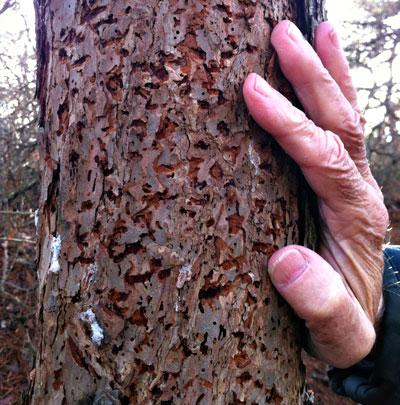
Pines and oaks are the most common native trees on Long Island. There are two species of pines, pitch and white, and at least seven species of oaks. Oak trees are long-lived — white oaks such as those on Gardiner’s Island can live to 400 or 500 years, equaling the longevity of white pines, while pitch pines, which George Washington called “ill thriven” on his one trip here, are lucky if they make it to the century mark. But all in all, pitch pines probably outnumber all of the other species and in large areas of central Suffolk County they can be the only tree species for acres and acres.
Timothy Dwight, president of Yale University in the early 19th century, toured the Island from west to east in the first years of that century and wrote about its flora and geology. He was impressed by a stand of small pitch pines in the vicinity of Westhampton in western Southampton Town. This area, which still exists 210 years later, is known as the “dwarf pine plains” as it is relatively flat and the trees are small in stature. These “pygmy” pitch pines are similar in most respects to their larger siblings that surround them on all sides, but they produce cones not only along their branches but popping out directly from the trunk.
For a long time botanists and naturalists have wondered whether these pines are merely stunted or are different in some substantive way, perhaps, genetically, from the taller ones, which can achieve a height of 75 feet high in a few spots here. Side by side plantings of the pine nuts from cones from the two different forms have never yielded absolutely positive proof that they are different. It is thought that the soil in the area adjoining Gabreski Airport is different in some way from other pine barren soils, all of which have very limited mineral deposits and produce poor yields of this or that vegetable if used as cropland.
Pitch pines have few enemies. The native pine boring beetles, sometimes called the “turpentine beetle,” bore into their trunks, but the resin oozing from the pine helps fill the holes and keep the tree growing despite the beetles’ incursions. A moth can lay its eggs on the tips of new branches and the larvae eat the sprouting pine needles while they are still tender. They resist drought and can tolerate cold and hot temperatures better than most trees. If burned over, as many of Long Island’s pinelands have been more than once, they resprout from the trunks if not killed outright and reseed themselves. The scales of their cones tightly enclose the pine nuts, which are further protected by a waxy covering. Fires melt the wax without killing he seeds, and the seeds drop out and restart the forest.
The cones of the dwarf pines hold their seeds inside even more securely than the cones from the taller pines. If the ambient temperature doesn’t reach into the 90s the cones may never open, but they are very likely to open in a forest fire. Thus, pitch pine woods are fire dependent. If there were no fires or very, very hot days, they would eventually be replaced by species not dependent on fires. One of Long Island’s great naturalists, the late Roy Wilcox, a duck farmer, visited the dwarf pine plains during a record summer hot spell and watched to see if any of the cones, which take two years to mature, popped open. Indeed, a few did.
In the past two years some of the taller pitch pines have dropped their needles and died. Recent examinations by government arborists and foresters have discovered that the southern pine beetle is responsible for these deaths. The pitch pine can resist the native pine borer, but not the new one. Several adult southern pine beetles attack a tree at the same time, boring densely spaced holes so that the entire circumference is damaged and thus the transport of materials up and down the tree trunk through the active growing layers, xylem and phloem, is so compromised that the tree dies.
Last Thursday Victoria Bustamante and I visited the dwarf pine plains in Westhampton to see how trees were faring. The paths are white, owing to the bleached Plymouth-Carver sands, which define the dwarf pine plain soils. Some of the dwarf pines reached to 15 or more feet in the air and we wondered if they were dwarf or normal size. Perhaps, there was a mixture of big and small ones. In general, however, the large majority were under 10 feet, about the size of those on the north side of Sunrise Highway just west of the road to the airport, where the 1995 pine barrens fire had done so much damage. Indeed, even the normal pitch pines are slow growing, only 10 feet tall after 19 years.
We could find no other tree species among the dwarf pines. There were lots of oaks, but they were only shrubs belonging to the bear oak species. There was a spotty ground cover consisting of heather, bear berry, winterberry, a few bayberries, and a couple of flower stalks belonging to the sunflower family. After walking 300 or 400 yards down a path that was partly covered with coal cinders, we came upon six or seven dead dwarf pines of the taller kind. They were shot through with holes and the bark peeled off easily in our hands.
Further on, we came to another spot with a few dead dwarf pines, which seems in keeping with this parasite’s here-and-there spotty geographic infestation pattern. Two years back, Victoria had told me about some obviously dead pitch pines along Sunrise Highway in Hampton Bays and Quogue, which I assumed were the result of a tip moth invasion. In the mid-1980s tip moths had decimated, but not killed outright, large patches of pitch pines on either side of the highway. I should have inspected the pines then, but didn’t. It was only this year that biologists discovered that the dead and dying pitch pines in western Southampton and in Brookhaven had been attacked by the southern pine beetle.
Now, a question has arisen. Will the attack continue and spread eventually to all of the pines in the Central Pine Barrens Forest, Long Island’s largest protected woodlands, or will something come along, say a forest fire of large proportions or an extremely cold and snowy winter, and stop the borers in their tracks? Dead trees can be cut down and removed, and the pine borer larvae with them. It remains to be seen if the beetles have already made inroads into the South Fork pitch pine woods or the white pine forest of East Hampton’s Northwest.
If you come upon a pitch pine or white pine trunk checkered with numerous small holes in your neighborhood, call the New York Department of Environmental Conservation on the campus of Stony Brook University or the Cornell Cooperative Extension office in Riverhead.
In the meantime Victoria is going to “hatch out” seeds from both kinds of pitch pine cones in her oven and grow them side by side in her greenhouse to see if they are actually different, and settle that question once and for all.
Larry Penny can be reached via email at [email protected].

